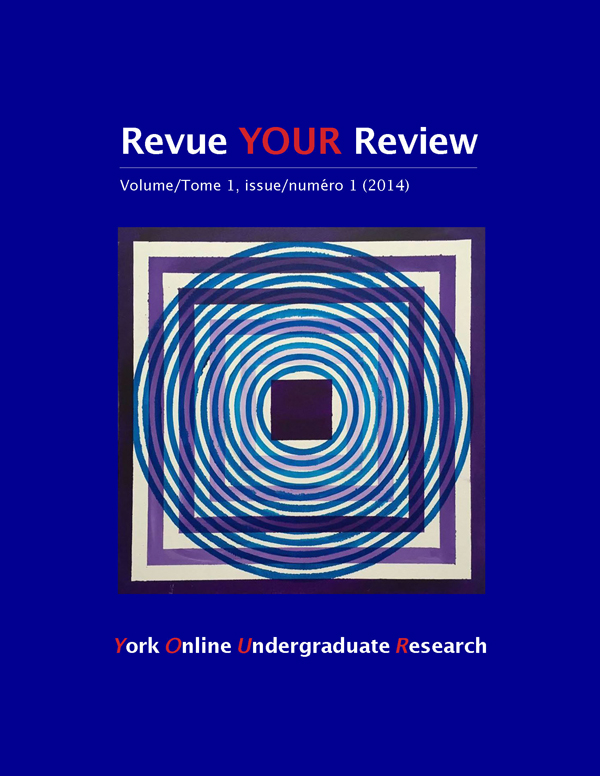The Influence of Sexual Orientation and Fear on Women's Mobility in the Built Urban Environment at Night (abstract)
Abstract
Women are frequent targets of violence in the night-time city. This can cause a fear of night and of urban space and can also affect mobility: women may avoid spaces perceived to be dangerous and may be drawn to other spaces thought to be safe. This fear can also impact individuals on a behavioural level, such as changing one’s appearance in order to seem less attractive in an attempt to avoid being a target of violence. This case study explores the issue of urban violence by asking the following question: does sexual orientation influence women’s spatial mobility, motivated by fear, in the built urban environment at night? Research was carried out in downtown Toronto, a city with a prosperous night-time economy and well-known issues of safety. A sample of ten women, five straight and five gay, were selected, with as much homogeneity among respondents as possible in terms of ethnicity, age, social class, area of residence, familiarity with the built environment, and primary method of transportation, in order to identify the influence of sexual identity and fear on mobility. The study reveals a variety of types and sources of fear, mobility patterns, and coping mechanisms among respondents, and suggests that a masculine built urban environment does not address women’s needs. Lesbian women are an intriguing, and often overlooked, group to study as they are the victims of much hate crime. In addition to fearing rape by a male figure, they also carry the burden of fear of homophobic crime.Downloads
How to Cite
Issue
Section
License
Authors contributing to Revue YOUR Review agree to release their articles under one of three Creative Commons licenses: Creative Commons Attribution 4.0 International; Creative Commons Attribution-NonCommercial 4.0 International; or Creative Commons Attribution-NoDerivatives 4.0 International. All editorial content, posters, and abstracts on this site are licensed under Creative Commons Attribution-NoDerivatives 4.0 International. For further information about each license, see:
https://creativecommons.org/licenses/
In all cases, authors retain copyright of their work and grant the e-journal right of first publication. Authors are able to enter into other contractual arrangements for the non-exclusive distribution of the e-journal's published version of the article (e.g., post it to an institutional repository or publish it in a book or in another journal), with an acknowledgement of its initial publication in this e-journal.


